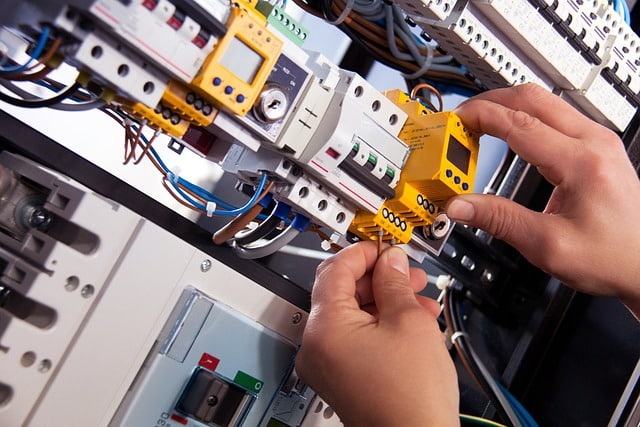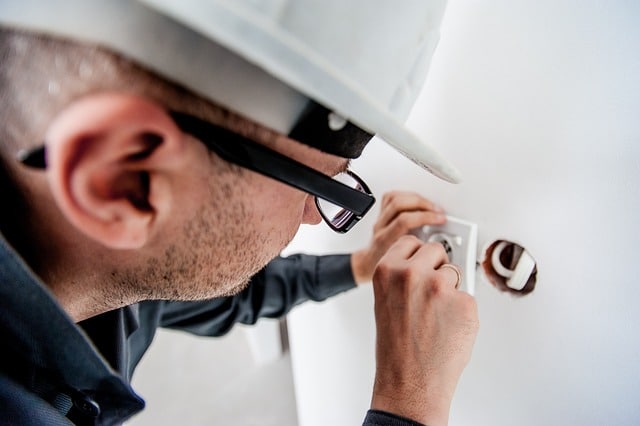
The idea of single phase is used in electricity.
The adjective monophasic and its feminine variant monophasic are used in the field of electricity . Single-phase current is called current that is alternating and moves through two conductors .
It should be remembered that an electric current is formed with the flow of electrical charges that circulate through a conductor (a body that has the ability to conduct electricity). When it always flows in the same direction, it is a direct current ; On the other hand, if the direction changes periodically, it is called alternating current .
Returning to the idea of single-phase current , it is an alternating electric current that moves through a pair of conductors. A single-phase device , in this framework, is supplied with a current of this type.
Single phase system
A single-phase system , on the other hand, is one that is formed by a single alternating current and whose voltage does not vary. This electricity production and distribution system is ultimately made up of a single phase: the current travels through a single cable .
Domestic or residential electricity is usually single-phase. A single alternating current signal reaches homes, transmitted by a phase cable . The circuit is closed with the return via a neutral wire , while a ground wire is also included that functions as a protection element. Between the phase wire and the neutral wire there is a potential difference that in most countries is 220 V.
Appliances that have a power of 220 V are single-phase. Compared to three-phase equipment , they consume less energy and are more economical.

Domestic electricity is usually single-phase.
A type of engine
There is also the concept of a single-phase motor , as opposed to a three-phase motor . This is one that requires much less maintenance and lasts much longer. It is generally used in those devices that require low power levels, for which a three-phase motor would be inefficient. It is important to highlight the latter, since "more is not always better", especially when with the minimum option it is possible to satisfy technical needs.
The single-phase motor does not generate its own magnetic field , and for this reason it is necessary to activate it by means of a switch, among other options, so that its rotor begins to move. Once this occurs, a magnetic field is created, which allows the motor to run.
Regarding the uses of the single-phase motor, we can say that the devices that include it are usually small and low -power , generally less than one horsepower; Some common examples are fans, refrigerators, compressors, portable drills, and pumps.
Single phase motor classes
The single-phase motor is manufactured in several kinds, among which we find the starting capacitor, the split- phase motor, the permanent capacitor, the wound rotor, the two-valve capacitor and the shaded-pole capacitor. As in many other cases, all of them have their own advantages and disadvantages that must be studied in each particular case to choose the one that best suits the needs of the device.
Each type of single-phase motor, in fact, offers certain benefits that make it especially efficient for a particular appliance . Compared to other types of motors, single-phase motors are cheaper to manufacture. Those with a start capacitor, for example, are used in most cases, since they have a balanced performance that is very versatile.
From a mechanical point of view, single-phase motors are not very complex, although this does not guarantee their perfect functioning or the absolute absence of defects. Among the most common problems are overheating and abnormal slowness.
